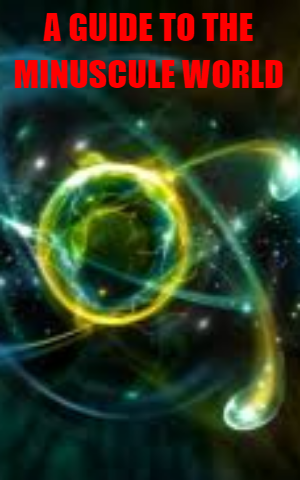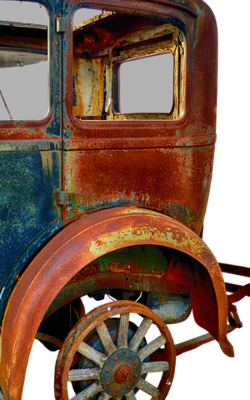A Guide To The Minuscule World
A Guide To The Minuscule World


Every day, we all see many forms of matter around us such as solid, liquid, gas, plasma, and BEC (Bose-Einstein Condensate). All things are made up of matter. But have you ever wondered what this matter made of?
The matter is what we see around us. But if we look at a microscopic level, we see that the matter is made of itsy-bitsy substances called molecules. There isn't much to talk about molecules so, we will look into further. As we zoom in, we see that molecules split into 'atoms'. Atoms are known to be the basic unit of a matter. These are made of so-called sub-atomic particles namely electrons, protons, and neutrons. These form the structure of an atom much similar to that of our solar system. At the center are the protons and neutrons having a positive and a neutral charge respectively. The electrons (negatively charged) move around them in orbits as planets do.
Though atoms are known as the 'basic unit' of matter, it can be broken further into the sub-atomic particles but this process needs a huge amount of energy. The story doesn't end here. The sub-atomic particles can be disintegrated into 'elementary' particles. These particles are 17 in number. Now, these 17 particles are grouped into 3 categories: Quarks, Leptons, and Bosons. The most prominent among these are the Quarks.
For some time, Gell Mann, an American Physicist was undecided on an actual spelling for the term he intended to coin until he found the word 'Quark' in James Joyee's book -: 'FINNEGANS WAKE: THREE QUARKS FOR MUSTER MARK'. Quarks are further of different kinds namely:
Up DownTopBottomStrange CharmThe up and the down quarks have the lowest masses of all Quarks. The heavier Quarks rapidly change into the Up and the Down Quarks by the process of particle decay: The transformation from higher mass state to a lower mass state. Protons are made of 2 Up and 1 Down Quark. The neutrons carry 1 Up and 2 Down Quarks. And electrons, well... they are made from the other group of particles, the leptons.
Now, the last topic of this piece of writing; The String Theory. It is a theory that solves the conflict between The General Theory of Relativity and Quantum Mechanics. The string theory suggests that the matter can be broken down beyond electrons and quarks into tiny loops of vibrating strings. Those strings move and vibrate at different frequencies, giving particles distinctive properties like mass and charge.
Though the research of the string theory is still in process and the scientists are trying to peep into the ingredients of the strings.




























































